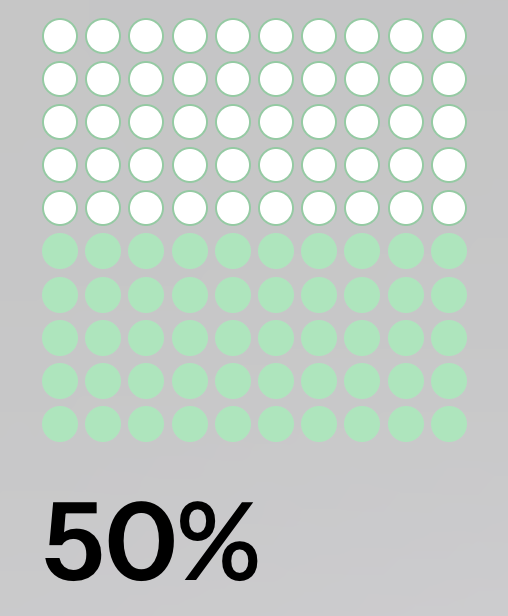Investing within friends can be one of the most rewarding — and one of the riskiest — ways to deploy capital. Friendships are multi-dimensional: the reasons you trust someone personally often mingle with admiration for their taste, respect for their judgment, shared history, or plain chemistry.
Those qualities do not automatically translate into good investment partners. Before you commit money, time, or reputation, treat the relationship as you would any other collaboration: seek genuine analytic signal, prioritize observable behavioral traits, and check that your rhythms … your “frequencies” … align.
“Seek signal from your friends in advance of… getting involved in any kind of mutual skin in the game situation for the wrong reasons.” - Pulp Conversations
Have you distinguished your dimensions of friendship? This is something I have been thinking a lot about this year. The reason we are friends with someone is because they “tick our boxes”. But which ones? All of them?
Maybe Steve has only ticked one or two boxes in his life, but if he is top of the top on those dimensions … well then he is my Steve. And don’t get me started on Amit: a Top 5 Top 5 Top 5 player on all dimensions - what you might call a ride or die.
It’s important for all of us to understand our dimensions and choose friends wisely, respectfully and gently. We can’t expect every friend to tick every box. But we should know what our boxes are … and who is capable of ticking whichever box.
Sometimes a friend doesn’t tick the box we want them to tick so we need to use judgement.
Evaluating a friend
Prioritize observable behavior, conviction and domain-specific deduction; what behavioral traits matter for the dimension? Does your friend clearly state a position and the reasons behind it … or do they hedge?
Conviction indicates appetite and readiness to act.
Does your friend have analytical rigor? Can they can explain sources, assumptions, expected outcomes, and failure modes … or do they emote only on conclusions?
Does your friend have appetite for the downside? Can they acknowledge worst-case scenarios … or do they believe it’s just gonna work out?
Is your friend consistent under stress? Can they behave gracefully when outcomes go against them … or do their claws come out?
Is your friend intellectually honest? Can they change their mind when evidence demands it … or do they have difficulty saying sorry?
Frequency alignment …
… means you and your friend match not just on views but on how often and how strongly you form convictions, and how you act on them. Some people form rare, deep convictions; others form frequent, iterative opinions.
If you only move on rare, high-certainty calls but your Mi nah do dis partner trades on many small convictions there may be conflict.
Agree with your friend on what counts as a signal worth acting on. Without shared thresholds, one person’s “interesting” becomes the other’s distraction. Misaligned expectations create perceived slights.
Before committing serious human capital into the friendship, run low-risk experiments that surface traits and rhythm alignment; perhaps commit a small amount to a joint idea with defined horizon and exit rules. Afterwards you can observe choices and post-mortem behavior. How do they respond to counter-evidence: by updating their operating system or do they double-down defensively?
Reminder
Nobody can tick all your boxes. Combine specialists and generalists. Rely on a technical friend for sector picks or a risk-oriented friend for sizing decisions. Milestone-based commitments keep relationships from becoming stale. Build friendship over time, moving in phases tied to evidence rather than one-time all-in gestures.













